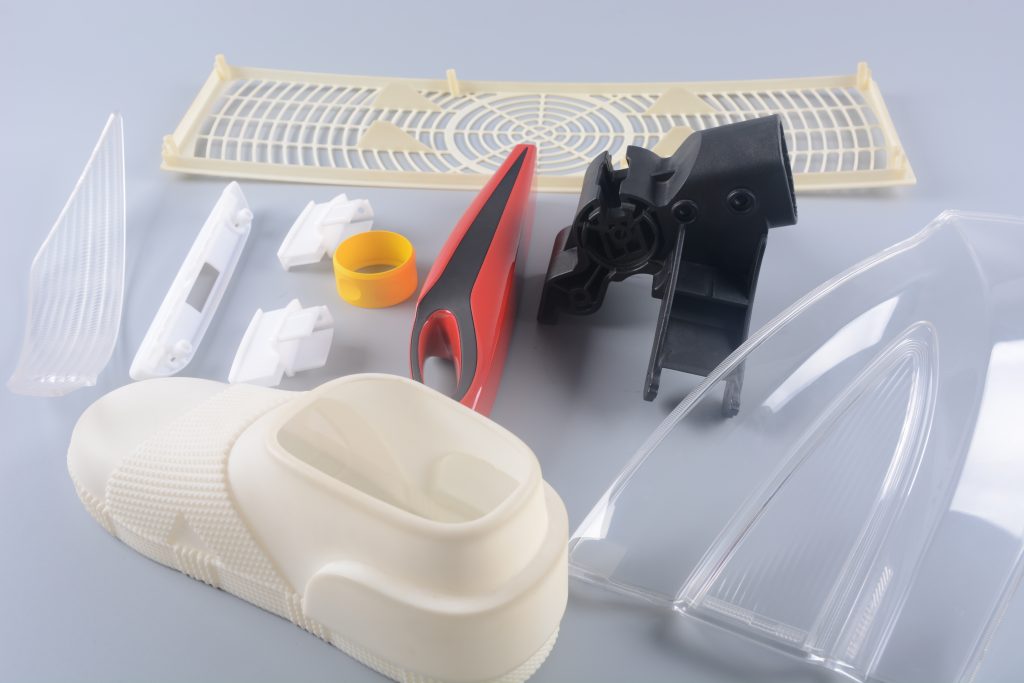
When it comes to manufacturing complex plastic and rubber parts, two primary methods stand out: Compression Molding Versus Injection Molding. Each process has its unique advantages, challenges, and applications. Understanding these differences can help manufacturers make informed decisions to meet specific project requirements.
The design phase is crucial in both compression molding and injection molding, but the approaches differ significantly. Compression molding is often chosen for simpler, larger parts with lower precision requirements. The process involves placing a pre-measured amount of material into a heated mold cavity, which is then compressed to shape the part.
Injection molding, on the other hand, excels in creating highly detailed, intricate designs with tight tolerances. It involves injecting molten material into a mold under high pressure, allowing for complex geometries and consistent part quality.
Mold design is a critical factor in both processes, impacting tooling costs and production efficiency.
In compression molding, the mold cavity and core must be precisely machined to shape the final part. The parting line, where the two halves of the mold meet, can affect the final product’s appearance and functionality. Ensuring minimal flash (excess material along the parting line) is essential for high-quality parts.
Injection molding also requires meticulous design of the mold cavity, core, and parting line. However, the higher pressures involved mean that the molds need to be more robust and precisely engineered to prevent defects and ensure consistent part quality.
Compression molding typically utilizes single cavity molds, making it suitable for low to medium volume production. This simplicity can lead to lower initial tooling costs but may not be efficient for high-volume manufacturing.
Injection molding often employs multi-cavity molds, allowing for the production of multiple parts in a single cycle. This approach significantly enhances production efficiency and reduces per-part costs, making it ideal for high-volume runs.
The choice of mold materials is critical in both processes. Compression molds are usually made from durable metals like steel or aluminum, capable of withstanding the heat and pressure involved.
Injection molds also use high-grade steel or aluminum, but they often require more intricate machining and cooling systems to handle the high pressures and maintain dimensional stability. The complexity of injection molds can lead to higher tooling costs compared to compression molds.
The cost of molds in injection molding is generally higher due to the complexity and precision required. Additionally, injection molds often incorporate sophisticated ejection mechanisms to remove the finished part from the mold without damage.
Compression molds are typically simpler, with more straightforward ejection systems, contributing to lower overall tooling costs.
Compression molding utilizes various types of molds depending on the material and part requirements. These include:
Injection molding also features a range of mold types:
Both processes accommodate a wide range of materials, but their applications can differ.
Manufacturers find compression molding well-suited for rubber materials, making it a popular choice for producing seals, gaskets, and other rubber components. The process allows for the molding of large, durable parts with excellent mechanical properties.
Manufacturers can also use injection molding for certain rubber materials, but they more commonly use it for thermoplastics. This versatility makes injection molding ideal for producing a vast array of plastic parts used in various industries.
Manufacturers typically use compression molding for lower to medium volume production, prioritizing tooling costs and simplicity. It’s common in the automotive and aerospace industries for producing large, robust parts.
Injection molding excels in high-volume production due to its efficiency and ability to produce complex parts consistently. Manufacturers widely use it in consumer goods, medical devices, and electronics, where precision and repeatability are essential.
Choosing the right molding process is just the beginning. At PROTO MFG, we streamline sourcing and production to help you start your next project with confidence. Whether you need detailed injection molded parts or durable compression molded components, our expertise and state-of-the-art facilities ensure top-quality results. Visit www.mfgproto.com to explore our services and get started on your next manufacturing venture.4o